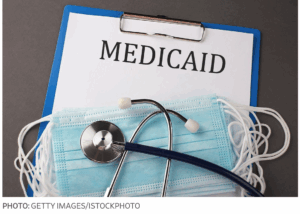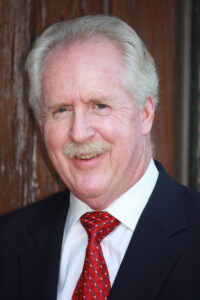
Doctors can be killjoys! First it was the bacon double cheeseburger you love and they told you it would lead to a heart attack. Then it was the low-fat diet that was sure to protect you from a heart attack – until it wasn’t! Then they told you eggs were bad for you – and now they say they’re good for you! What’s next?
What’s next is melatonin. If you’ve ever suffered from insomnia, and who hasn’t, you’ve probably taken melatonin to help you sleep. Veronique Greenwood, writing for Time, tells us between 1999 and 2018 the number of adults taking melatonin has more than quintupled. Available over the counter, melatonin is marketed as a natural sleep aid. However, because it’s classified as a supplement, not a medicine, it is not evaluated by the Food and Drug Administration (FDA).
What do the sleep experts say?
The American Academy of Sleep Medicine does not recommend melatonin for insomnia according to Marie-Pierre St. Onge, director of the Center of Excellence for Sleep and Circadian Research at Columbia University.
The effects of taking the hormone daily for long periods of time are not well-understood. In November, preliminary, unpublished results reported at the American Heart Association meeting found a connection in adults between taking melatonin for more than a year and heart failure. Although that study may be less informative about melatonin than about the link between heart disease and insomnia, it highlights the fact that there is relatively little known about using melatonin the way an increasing number of people are.
What melatonin does
In the evening, your body begins to produce melatonin, which is made primarily by the pineal gland. Melatonin levels peak in the early morning and taper down after sunrise. The hormone is thought to provide the body with a sense of how long the night is, to help synchronize biological processes with the sun.
Once it’s floating around, however, melatonin affects more than sleep. Some decades ago, scientists were surprised to find that it tunes the immune system, increasing and decreasing different forms of inflammation. A lack of melatonin leads to increased fat accumulating in the livers of mice. There is evidence that tissues other than the pineal gland, including bone marrow, make their own melatonin, and the list of cell types with receptors allowing them to sense melatonin turns out to be immense. The hormone also appears to help direct the death of cells, so scientists are curious what role it might have in aging more generally.
Careful studies of melatonin and its metabolites in people’s blood and urine have revealed that there are a number of disorders where its levels are disrupted, including depression, schizophrenia, bipolar disorder, Type 2 diabetes, and certain types of cancer. Some people with Alzheimer’s disease may have very little daily cycling of melatonin, perhaps contributing to the sleep difficulties that are a feature of the neurodegenerative disorder.
Taking melatonin under a doctor’s advice can be helpful for people in these situations. Studies have shown, too, that blind people whose natural melatonin cycles get out of whack, leaving them with a form of constant jet lag, can benefit from supplementation. Children with autism can sometimes benefit from being prescribed melatonin, says Owens. It’s also been explored as a potential therapy after heart attacks, says Dr. Tom Scammell, a professor of neurology at Harvard Medical School and physician at Beth Israel Deaconess Medical Center.
There is a big gap between how researchers and doctors think about melatonin and how many people are using it. To try to trace connections between long-term melatonin use and other health conditions, some researchers have turned to electronic health records.
On November 3, an abstract from an American Heart Association meeting described an unpublished study using this type of data. It included some startling numbers: Over the course of five years, adults who were prescribed melatonin and took it for a year or more had a 90% greater risk of heart attack than people of a similar health status who didn’t take melatonin.
However, it’s not necessarily the case that melatonin caused the heart failure documented in this study. In fact, points out Scammell, insomnia and heart disease often travel together, with 50% of people with heart failure having insomnia compared to 15% in the general population. So, people who have insomnia and are given melatonin by their doctors in an attempt to cope may already be on the way to developing more serious heart problems. “It is possible that the poor sleep that triggered use of melatonin was an early sign of heart problems,” Scammell says.
Is occasional use of melatonin dangerous? Not likely, but it makes sense to study the issue further. If you are having trouble sleeping, a better choice, St-Onge and Owens agree, is to try changing behavior around bedtime. Cognitive behavioral therapy for insomnia, or CBT-1 is the gold-standard treatment for sleeplessness in both children and adults. Studies show that this modification–which involves a number of stages designed to set you up for better sleep–has a longer lasting, better effect than any sleeping pill.




